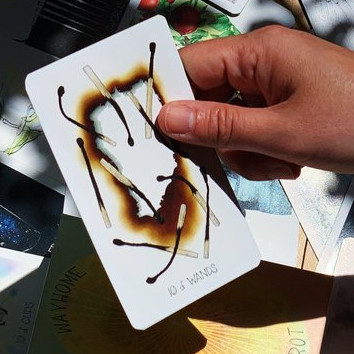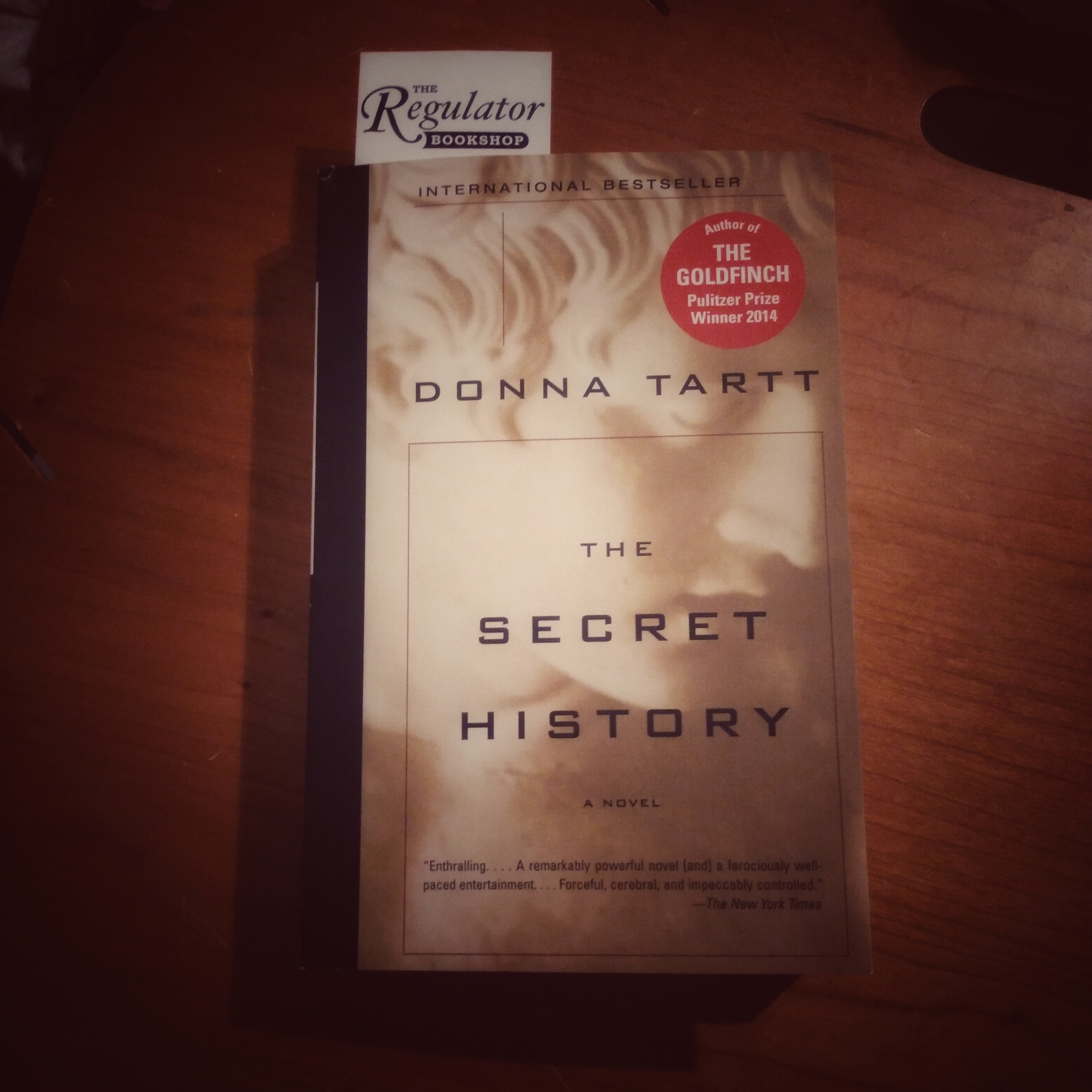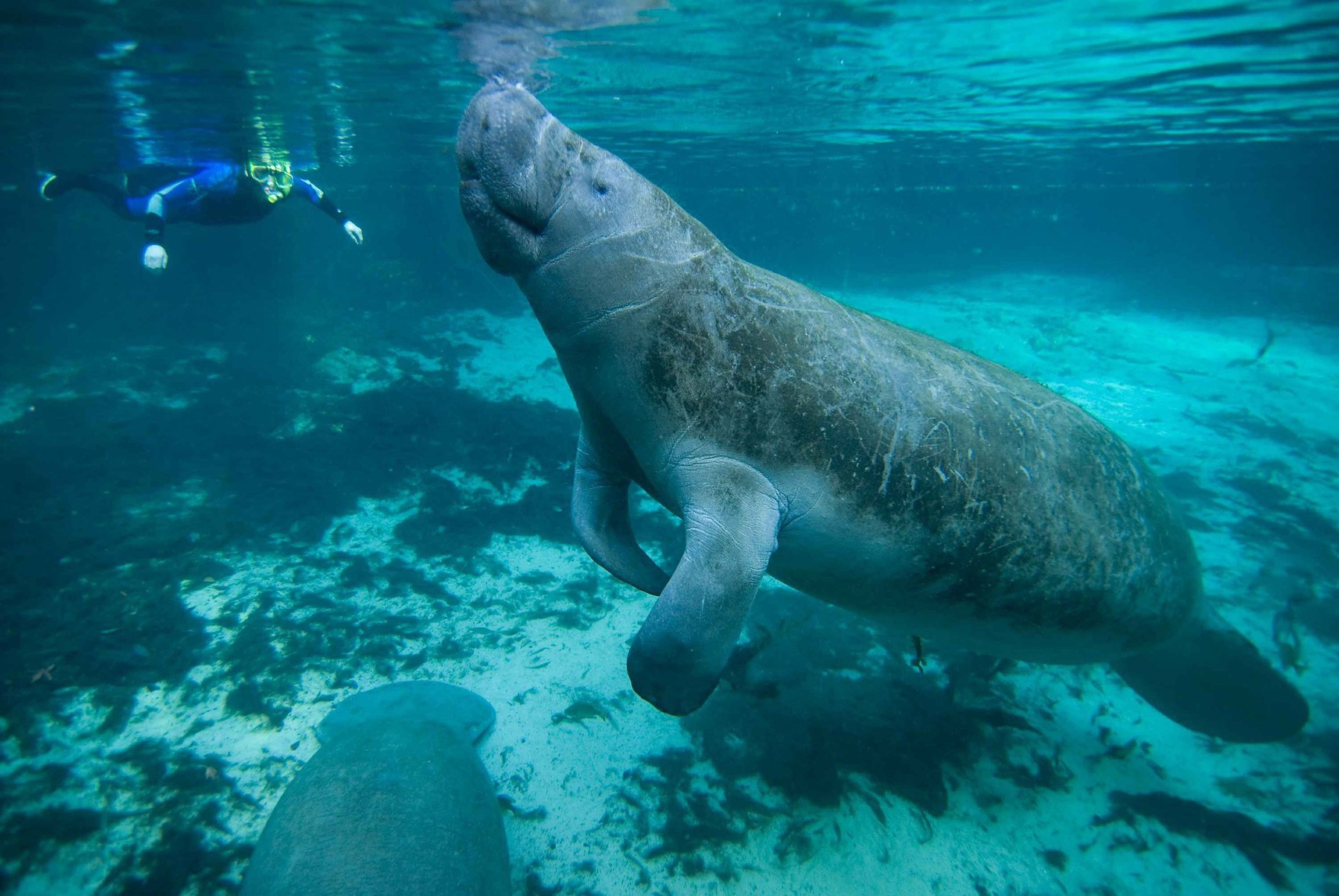My goal for November’s #AcWriMo was to write the discussion chapter for my dissertation. After finishing that chapter, all that would be left would be a couple of pieces of my introduction that should go quickly.
I’m revising my plan, in light of Pat Thomson’s post about rebooting #AcWriMo2020 goals.
This chapter has been a beast. I had no idea where to begin. I looked at advice. I looked at other people’s discussion sections. I pondered while putting my kid to bed and came up with good ideas. I’ve been snatching odd moments here and there to jot down notes when something occurs to me. But figuring out how to put it all together? That has been a beast.
Today I Googled “dissertation discussion chapter stuck.” This brought me the gift of a couple of posts from The Thesis Whisperer. “The Difficult Discussion Chapter” helped me understand that my problem is common, that it is likely attributable to exactly what I thought it was (the difficulty in turning my data, which is easy to describe, into a set of knowledge claims, which requires more creativity).
“How do I start my discussion chapter?” gave me permission to reconsider my dissertation structure. In it, Dr. Mewburn says,
Before you worry about the discussion chapter too much, consider whether you need to treat the discussion as a separate section at all.
This confirmed a gut feeling I started having yesterday as I was plugging away at the five pages I did manage to get written. It felt so weird trying to talk about my data’s meaning pages and pages away from where I represented the data itself. The similar studies I looked at had integrated their discussion sections with their findings sections. I felt like I needed to do the same thing. So trying that is my next step.
I emailed my advisor to let her know that I would be integrating the discussion into the findings chapter, and that the conclusion chapter would be shorter and focus on implications, limitations, and recommendations for future research and practice. I also told her that this change, plus the fact that I lost two weeks of November to election anxiety and a multiday migraine, meant that I was pushing my self-imposed deadline out from November 30 to December 4. (It will probably be December 6, now that I think about it. I get a good chunk of quiet writing time on Sundays.) I then plan to take one week to finish the introduction, and then will take from December 14 - January 18 off before launching into a month of revisions before sending the dissertation to my committee to review ahead of my defense.
I don’t know if this is going to make things easier. I hope it will. I’ll let you know how it goes. (I also totally will write up my data analysis process eventually, I promise.)



